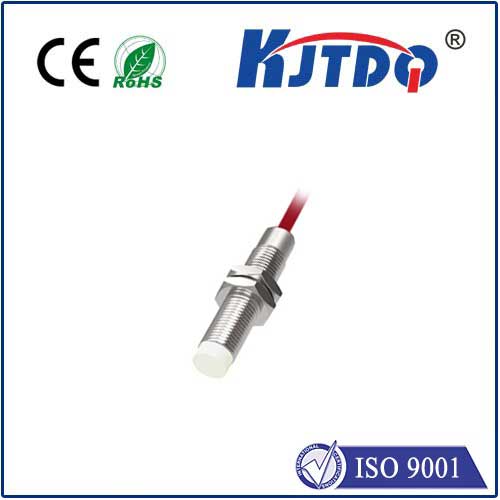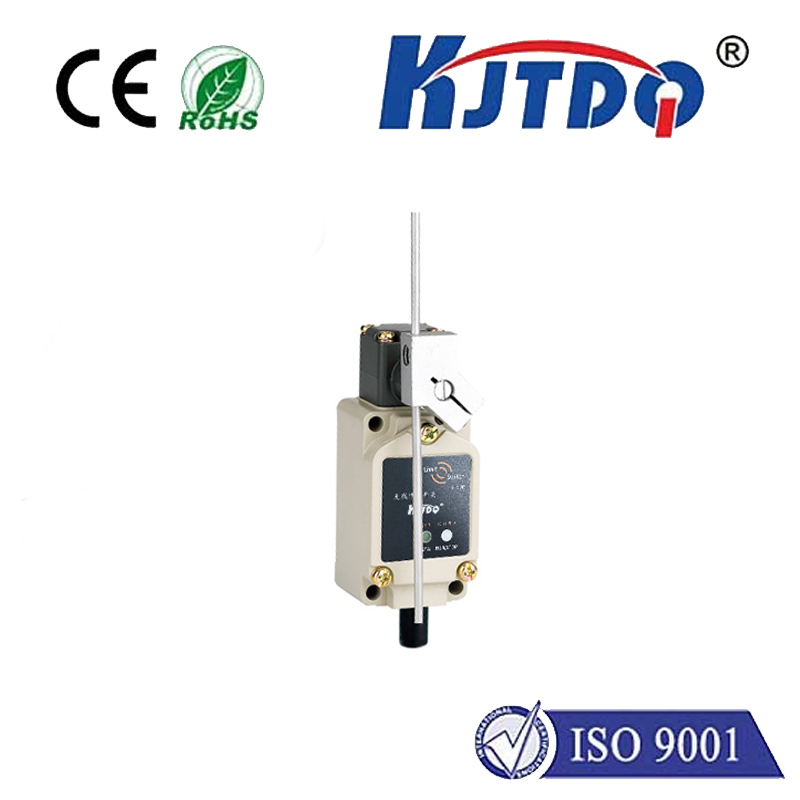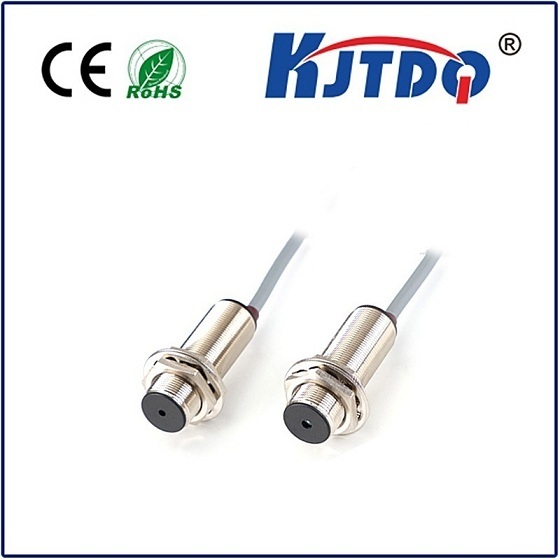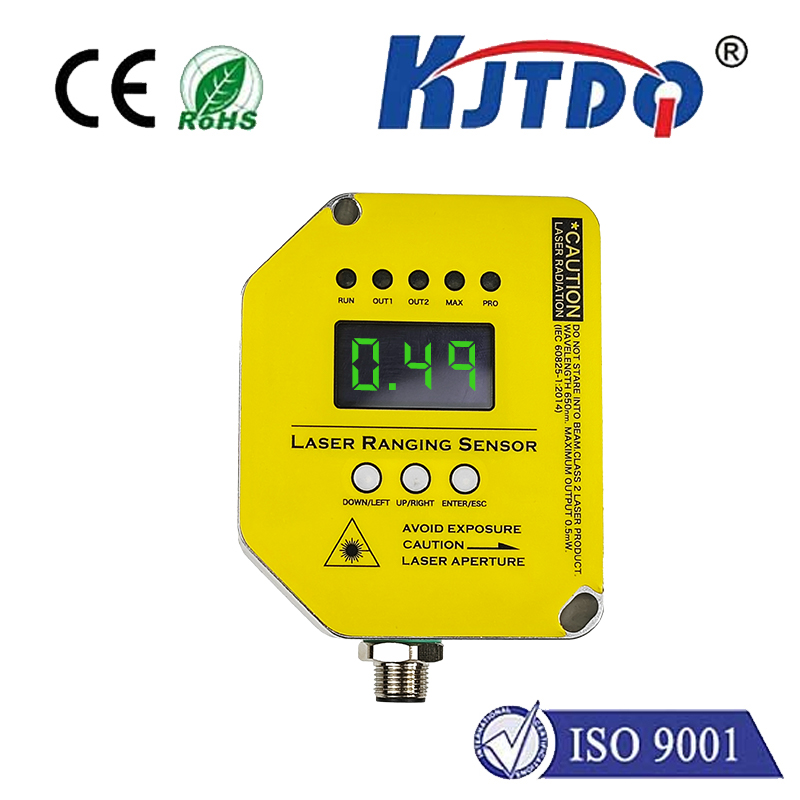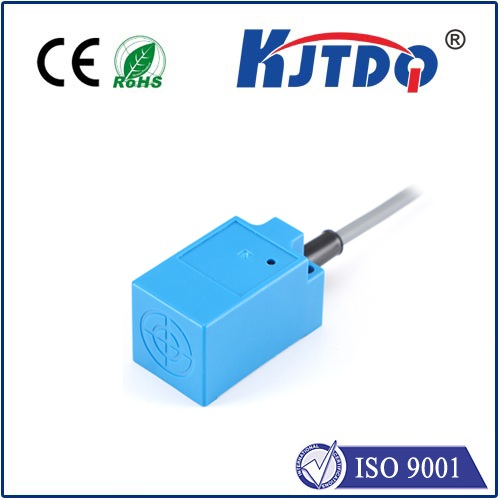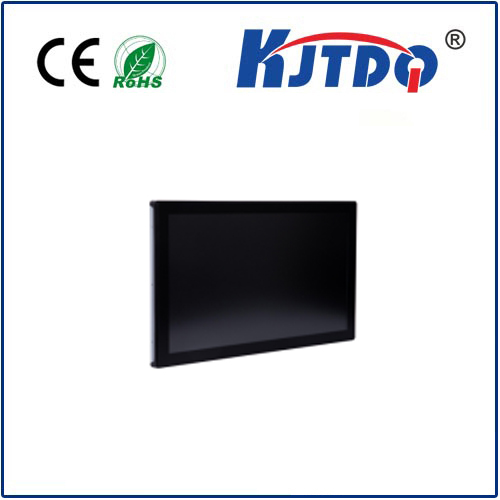

check

check

check

check

check

check

check

check

check

check
Imagine a world where detecting a single virus particle, monitoring minute environmental toxins in real-time, or diagnosing diseases at their earliest stages is not just possible, but practical and potentially inexpensive. This is the transformative promise held by fiber optic sensors based on plasmonics, where the extraordinary sensitivity of light interacting with nanoscale electron waves meets the versatility of optical fibers. This rapidly evolving field is pushing the boundaries of sensing technology, offering unprecedented capabilities for a multitude of critical applications.
The Core Principle: Surface Plasmon Resonance (SPR)
At the heart of this technology lies a fascinating physical phenomenon called Surface Plasmon Resonance (SPR). Surface plasmons are coherent oscillations of free electrons confined to a metal-dielectric interface (like gold or silver in contact with air or water). When light of a specific wavelength strikes this interface under precise conditions (angle or wavelength), its energy can couple to these electron waves, creating a resonance. This resonance is exquisitely sensitive to any changes in the refractive index of the dielectric material right at the metal surface – down to nanometer-scale distances.
Think of it like tuning a radio: You adjust the dial until you hit the perfect frequency for a clear signal. In SPR, the resonant condition (the “perfect frequency”) shifts dramatically if even a tiny change occurs at the metal surface, such as a molecule attaching to it. This shift is measurable with high precision by monitoring the light reflected or transmitted through the system.
The Perfect Carrier: Optical Fibers

Optical fibers are the ideal platform to leverage plasmonic sensitivity. These slender strands of glass or plastic guide light over long distances with minimal loss. Integrating plasmonic structures directly onto or within optical fibers creates compact, robust, and potentially remote sensing devices. The light travels conveniently inside the fiber, interacts with the plasmonic element at the sensing region, and carries the information – the shift in resonance – back to the detection equipment. This inherent distributed sensing capability is a major advantage over bulky traditional SPR instruments.
Several key configurations are employed:
Why Plasmonic Fiber Optic Sensors Are Groundbreaking
The combination of plasmonics and optical fiber technology yields sensors with a compelling set of advantages:
Transforming Industries: Key Applications
The unique capabilities of plasmonic fiber optic sensors are finding critical uses across diverse fields:
Challenges and the Road Ahead
Despite the immense promise, challenges remain in realizing the full potential of plasmonic fiber optic sensors. Fabricating robust, repeatable, and cost-effective nanostructures on fiber surfaces, especially for mass production, requires advanced nanofabrication techniques. Achieving high specificity often necessitates sophisticated surface functionalization chemistry to attach the right biorecognition elements (antibodies, aptamers). Integrating these sensors into user-friendly, portable, and potentially disposable platforms suitable for field use is an ongoing engineering focus. Furthermore, signal processing and data analysis techniques need continuous refinement to handle the complex data streams and extract meaningful information reliably.
Research is intensely focused on overcoming these hurdles. Significant efforts are directed towards developing novel plasmonic nanostructures (nanoparticles, nanoantennas, metamaterials) integrated onto fibers to enhance sensitivity and light-matter interaction. Exploring new functionalization strategies for improved specificity, stability, and reusability is paramount. The drive towards miniaturization and integration with microfluidics points strongly to the future development of highly sophisticated Lab-on-Fiber or Lab-on-a-Chip devices. Finally, leveraging advancements in machine learning and artificial intelligence promises smarter data interpretation and enhanced sensor performance analysis.
The convergence of plasmonics and optical fiber technology represents a powerful paradigm shift in sensing. By harnessing the exquisite sensitivity of light interacting with nanoscale electron waves confined within versatile optical fibers, researchers and engineers are creating tools capable of detecting the previously undetectable. As fabrication methods advance, integration strategies mature, and surface chemistry becomes more sophisticated, fiber optic sensors based on plasmonics are poised to transition from cutting-edge laboratories into widespread real-world applications, profoundly impacting healthcare diagnostics, environmental

